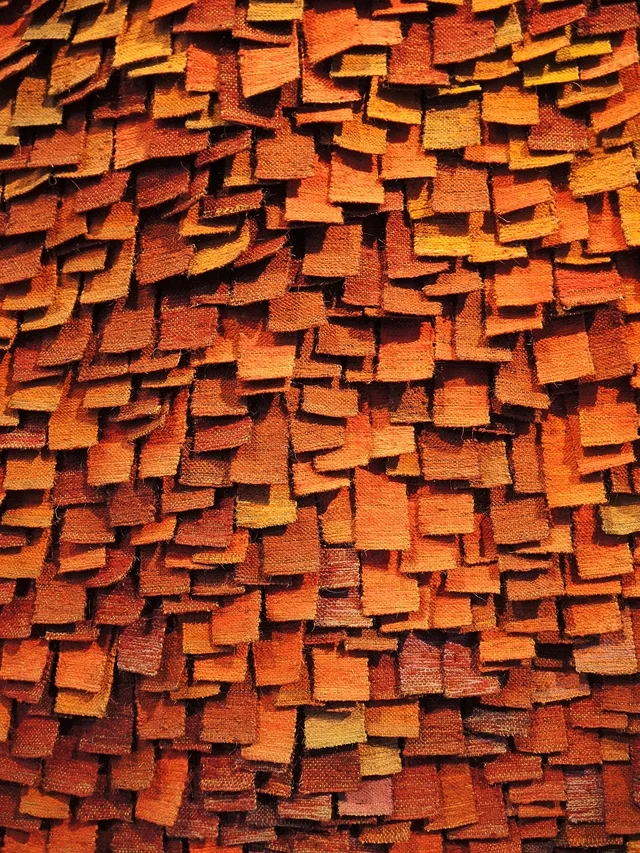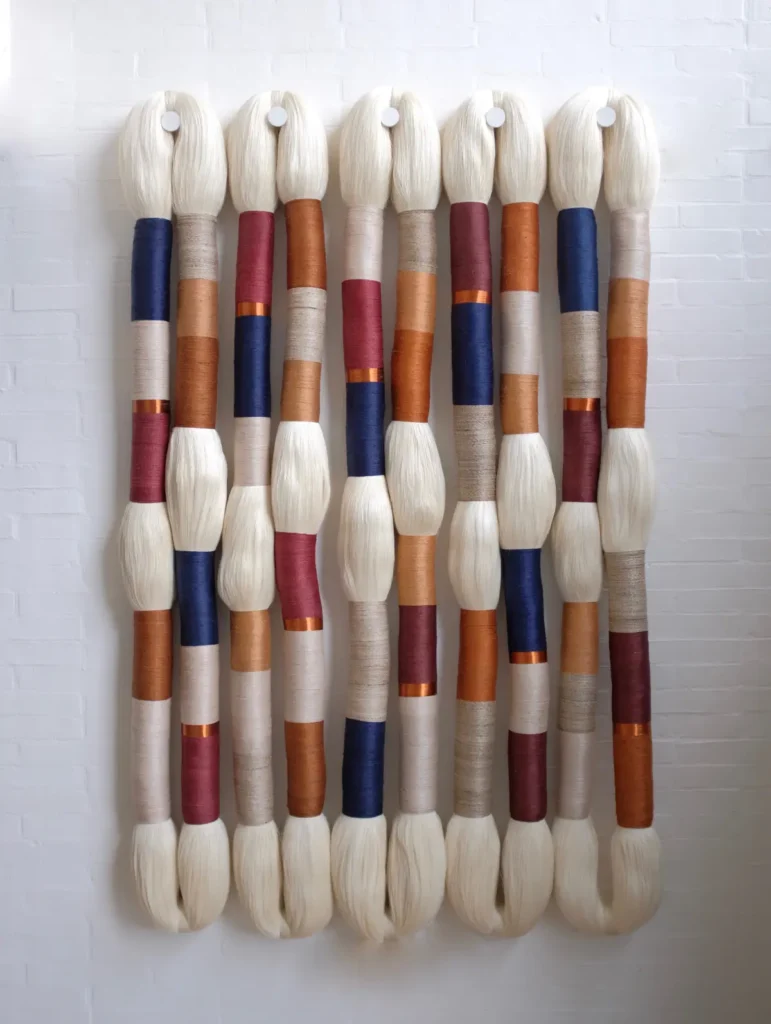How did New York become the capital of Art?
Paris held the title for decades as the artistic epicenter of the world. Historically,
has been a place for meeting, discussion and training of artists; it has been noted for its
thriving cultural scene and a community of artists and intellectuals that included figures such as
Pablo Picasso and Henri Matisse. La belle époque and the cradle of impressionism and post-impressionism, and
many of the first avant-garde movements of the 20th century -such as cubism or surrealism- emerged or developed in this place.
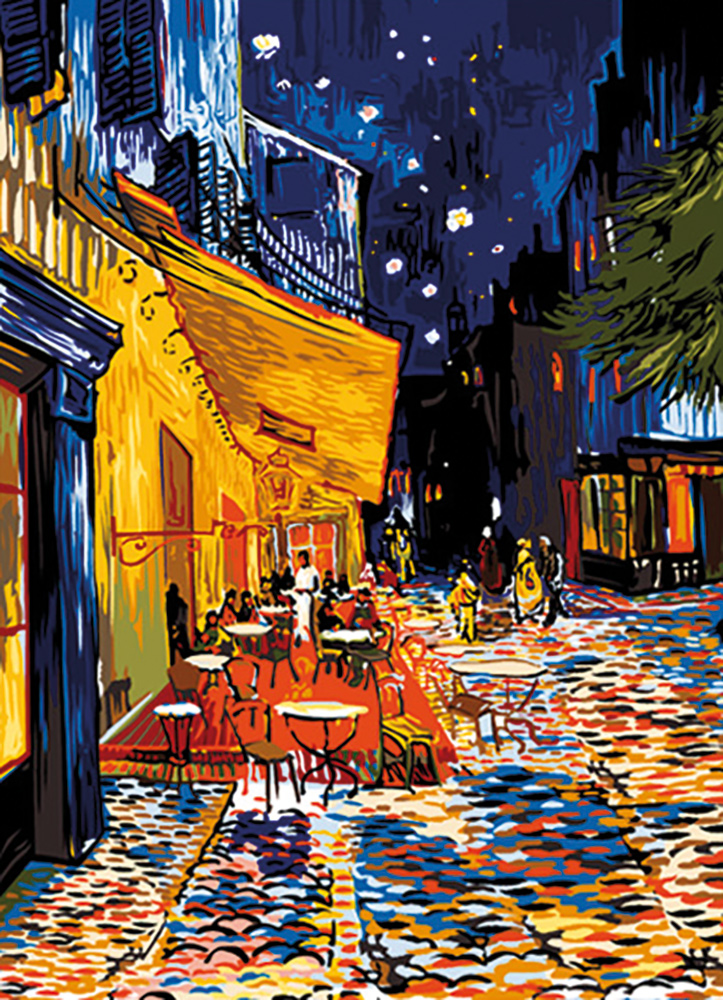
However, during the Second World War, a turning point in history was marked.
and had a significant impact on the rivalry between Paris and New York for the title of the world’s
capital of art:
The war brought with it a series of challenges for Paris, including the Nazi occupation and the repression of artistic creativity. Many artists were forced to flee Europe in search of a better life.
shelter, and many of them found their way to New York. This dispersion of talent
including names such as Marcel Duchamp and Piet Mondrian, contributed to the
transformation of New York into a global art center.
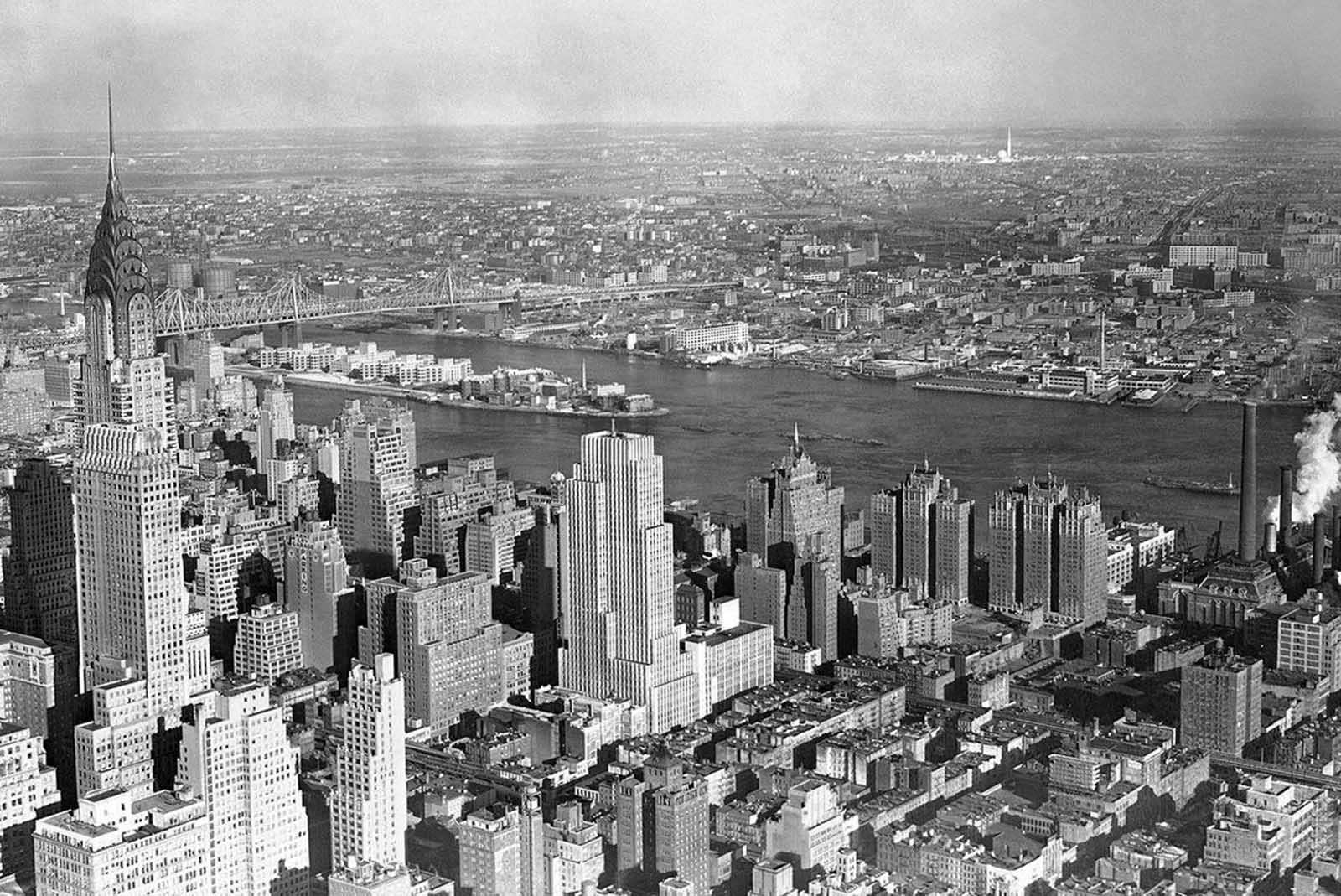
The New York School, led by figures such as Jackson Pollock and Willem de Kooning,
emerged in that period, taking abstract art to new heights and attracting attention
international. As exiled European artists joined the art community in the United States and Europe, they were able to
New York, the city became a melting pot of ideas and styles, surpassing Paris as an epicenter
of the artistic avant-garde.
New York’s art centers, such as the Museum of Modern Art (MoMA) and the Whitney Gallery
of American Art, played a fundamental role in the promotion of these new trends.
art, and art fairs, such as the Armory Show, became crucial events in the
contemporary art world.
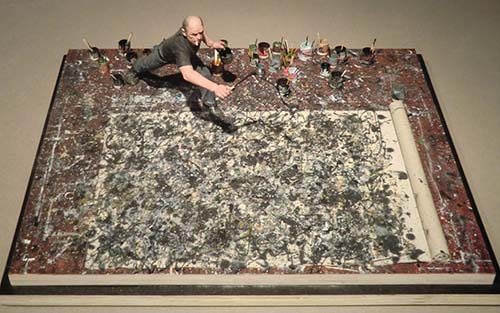
For more art stories, don’t forget to follow us on social media.


